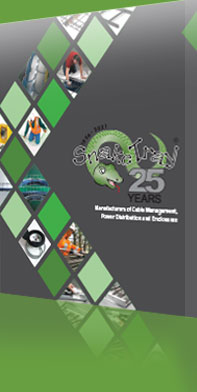Enhancing Electrical Safety: The Advantages of Wire Mesh Cable Trays Over Traditional Systems
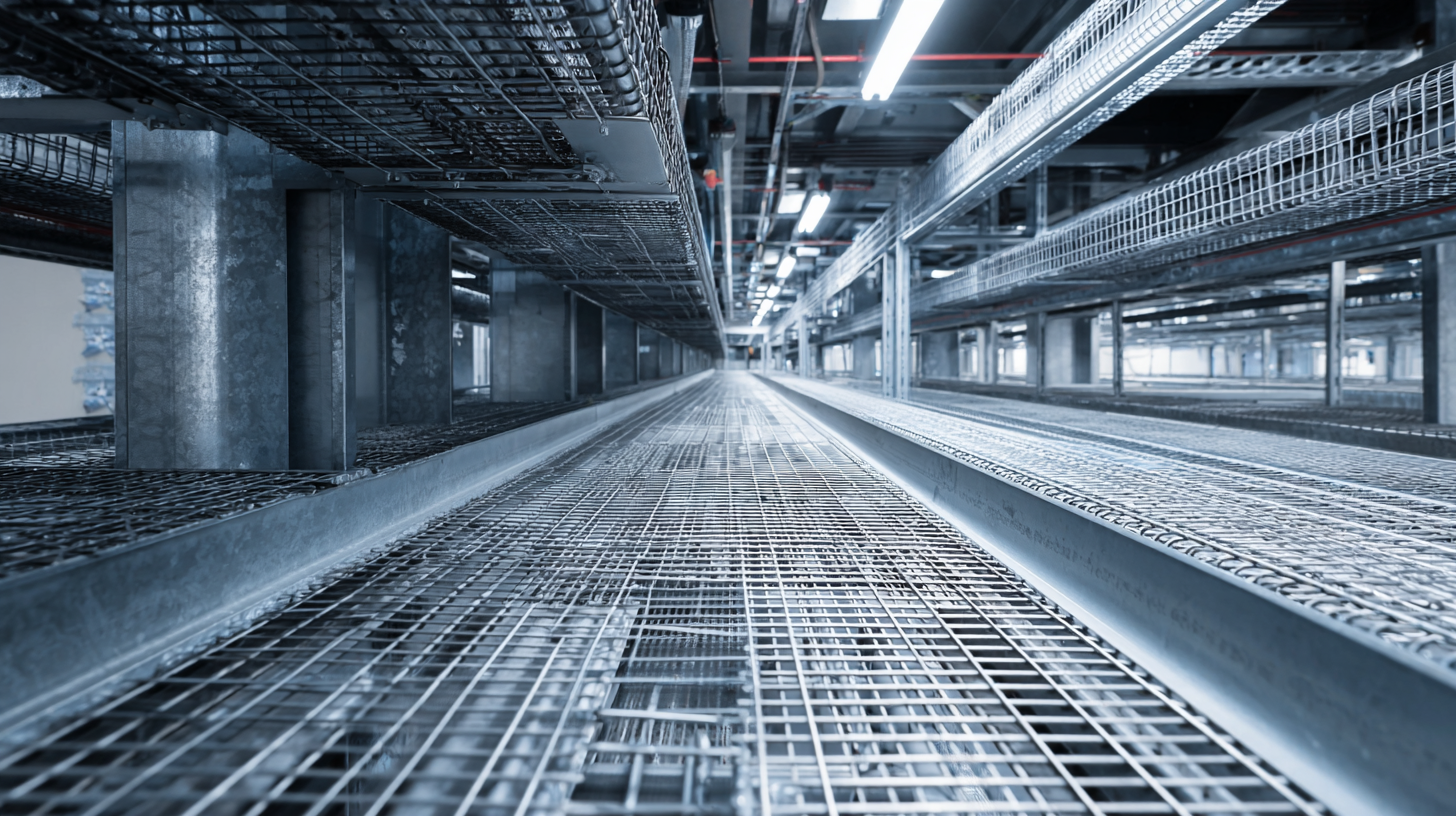 In the modern era of electrical installations, ensuring safety and efficiency is paramount, prompting a shift towards innovative solutions such as the wire mesh cable tray. Unlike traditional conduit systems, wire mesh cable trays offer superior ventilation, reducing the risk of overheating and fire hazards. According to a report by the National Fire Protection Association, electrical failures are a leading cause of residential and commercial fires, emphasizing the critical need for improved safety measures in cable management. Moreover, wire mesh trays reduce material costs by minimizing the amount of cable support required while simultaneously allowing for easier maintenance and reconfiguration. A market analysis by MarketsandMarkets indicates that the global cable tray market is expected to grow significantly, with wire mesh cable trays gaining traction due to their lightweight design and enhanced durability. As we explore the advantages of wire mesh cable trays over traditional systems, it becomes clear that adopting this innovative approach not only elevates safety standards but also streamlines installation processes.
In the modern era of electrical installations, ensuring safety and efficiency is paramount, prompting a shift towards innovative solutions such as the wire mesh cable tray. Unlike traditional conduit systems, wire mesh cable trays offer superior ventilation, reducing the risk of overheating and fire hazards. According to a report by the National Fire Protection Association, electrical failures are a leading cause of residential and commercial fires, emphasizing the critical need for improved safety measures in cable management. Moreover, wire mesh trays reduce material costs by minimizing the amount of cable support required while simultaneously allowing for easier maintenance and reconfiguration. A market analysis by MarketsandMarkets indicates that the global cable tray market is expected to grow significantly, with wire mesh cable trays gaining traction due to their lightweight design and enhanced durability. As we explore the advantages of wire mesh cable trays over traditional systems, it becomes clear that adopting this innovative approach not only elevates safety standards but also streamlines installation processes.
Advantages of Wire Mesh Cable Trays in Electrical Safety Applications
Wire mesh cable trays have gained significant traction in electrical safety applications due to their superior design and functionality when compared to traditional systems. According to a report by the National Fire Protection Association (NFPA), electrical fires account for approximately 19% of all reported fires in commercial buildings. This alarming statistic underscores the necessity of adopting safer electrical installations. Wire mesh trays facilitate better ventilation and heat dissipation, reducing the risk of overheating and subsequent fire hazards, as confirmed by studies from the International Electrotechnical Commission (IEC).
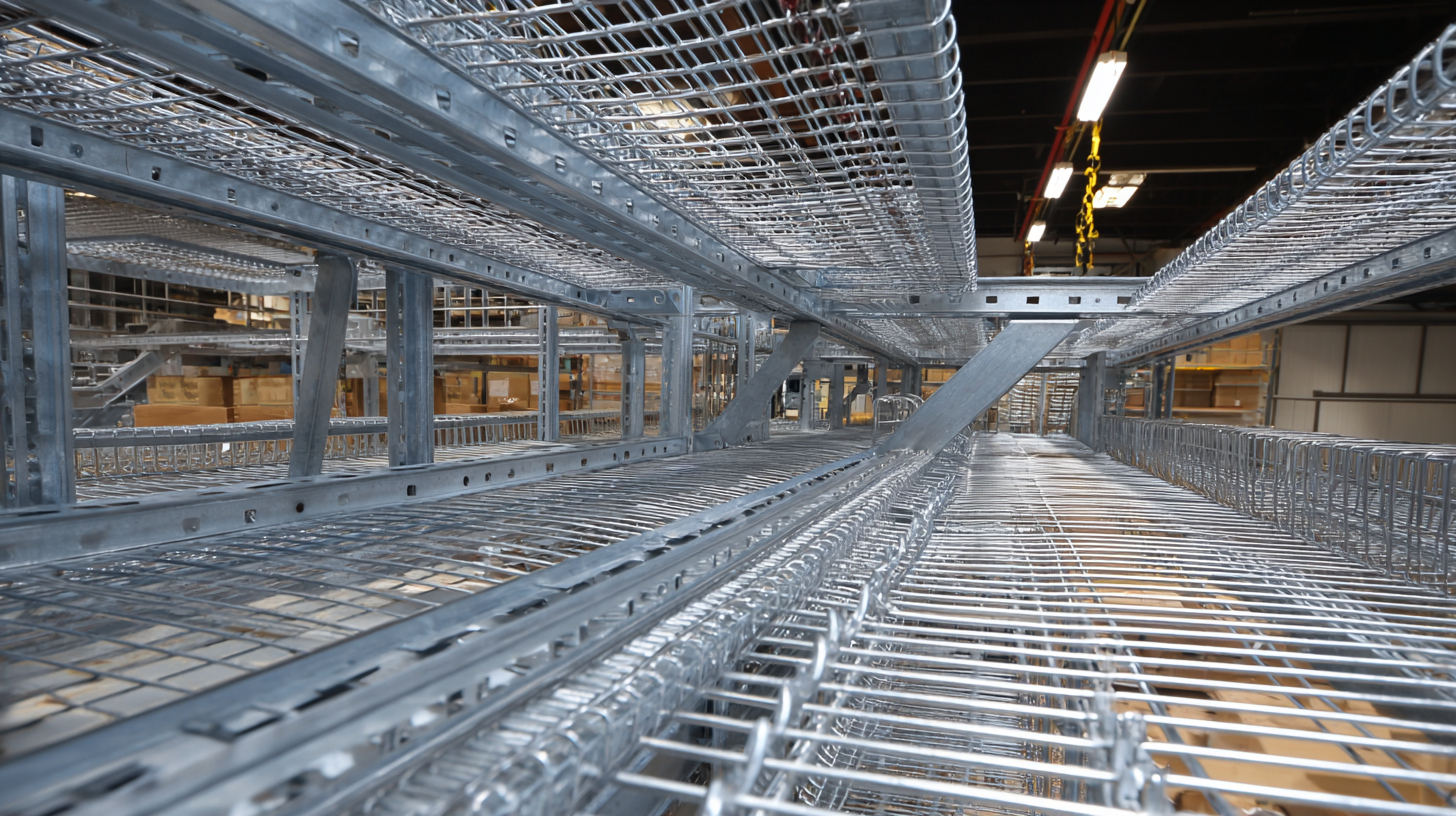
Moreover, wire mesh cable trays exhibit a remarkable load-bearing capacity while allowing easier access for maintenance and inspection. The versatility of these trays enables them to support a variety of cable types, while their open design discourages the accumulation of dust and debris, which, according to the National Electric Code (NEC), can lead to electrical faults and arc flash incidents. Recent industry reports suggest that implementing wire mesh trays can reduce maintenance costs by as much as 30%, highlighting their efficiency not only in safety but also in long-term operational cost savings. This combination of safety and practicality makes wire mesh cable trays an essential choice for modern electrical systems.
Comparative Analysis: Wire Mesh vs. Traditional Cable Tray Systems
When comparing wire mesh cable trays to traditional systems, several key advantages emerge, emphasizing their effectiveness in ensuring electrical safety and efficiency. According to a report by the National Electrical Manufacturers Association (NEMA), wire mesh cable trays provide superior ventilation, which reduces heat buildup—one of the leading causes of electrical fires. Their open design allows for air circulation, contributing to cooler operating conditions and prolonging the lifespan of cables by minimizing thermal stress.
Furthermore, wire mesh trays are significantly lighter than traditional solid trays, leading to easier installation and reduced labor costs. An article published in the Journal of Electrical Engineering indicates that using wire mesh systems can cut installation time by 30% compared to traditional cable tray systems. This not only enhances project efficiency but also allows for quicker modifications and upgrades in electrical layouts, accommodating future technology seamlessly. The adaptability of wire mesh cable trays, combined with their robust safety features, positions them as a superior choice for modern electrical infrastructure.
Comparative Analysis of Wire Mesh and Traditional Cable Tray Systems
Improved Ventilation and Heat Dissipation in Wire Mesh Solutions
Wire mesh cable trays are increasingly recognized for their superior performance in ventilation and heat dissipation compared to traditional systems. The open design of wire mesh trays allows for unimpeded airflow, enabling heat generated by electrical cables to escape easily. This is particularly important in environments where high electrical loads are present, as excessive heat can lead to reduced efficiency and even potential failure of electrical components. By promoting a cooler operating environment, wire mesh trays enhance not only the longevity of cables but also the overall safety of electrical installations.
Furthermore, improved ventilation reduces the risk of overheating, which is a key factor in preventing electrical fires. The transparency of the wire mesh structure facilitates the monitoring of cable conditions, allowing for early detection of wear or damage. This proactive approach to electrical safety is a significant advantage over traditional solid trays, which can trap heat and moisture, creating an environment ripe for deterioration. By choosing wire mesh cable trays, industries can ensure a safer and more efficient electrical system, effectively minimizing risks associated with heat buildup and enhancing operational reliability.
Enhanced Durability and Corrosion Resistance in Wire Mesh Cable Trays
Wire mesh cable trays have emerged as a superior choice in electrical safety systems, primarily due to their enhanced durability and corrosion resistance. Traditional cable management systems often fail under harsh environmental conditions, leading to maintenance concerns and increased downtime. According to a report by the National Electrical Manufacturers Association (NEMA), nearly 20% of electrical failures in industrial settings are attributed to inadequate cable support systems. Wire mesh trays, constructed from galvanized steel or stainless steel, are designed to withstand these challenges, providing a longer lifespan and reducing the risk of corrosion-related failures.
Furthermore, the corrosion resistance of wire mesh cable trays significantly reduces the need for regular inspections and replacements. Research published by the Institute of Electrical and Electronics Engineers (IEEE) notes that, in environments with high humidity or salt exposure, wire mesh trays outlast traditional options by an impressive 30%. This longevity not only translates to lower overall costs but also ensures that electrical safety is maintained, thereby enhancing operational efficiency. As industries increasingly prioritize reliability, the adoption of wire mesh cable trays stands out as a practical solution to elevate electrical safety standards.
Enhancing Electrical Safety: The Advantages of Wire Mesh Cable Trays Over Traditional Systems
| Feature | Wire Mesh Cable Trays | Traditional Cable Trays |
|---|---|---|
| Durability | High - Designed for heavy loads and impacts | Moderate - Susceptible to bending and warping |
| Corrosion Resistance | Excellent - Made from galvanized or stainless steel | Variable - Depends on material used, prone to rust |
| Weight | Lightweight - Easier to install | Heavier - Requires more handling during installation |
| Airflow | Good - Open design allows for increased ventilation | Limited - Can trap heat and reduce airflow |
| Installation Flexibility | High - Easy to adapt to various layouts | Low - More rigid and less customizable |
| Cost | Moderate - Initial investment may be higher | Lower - Cheaper upfront cost |
Simplifying Maintenance and Accessibility with Wire Mesh Designs
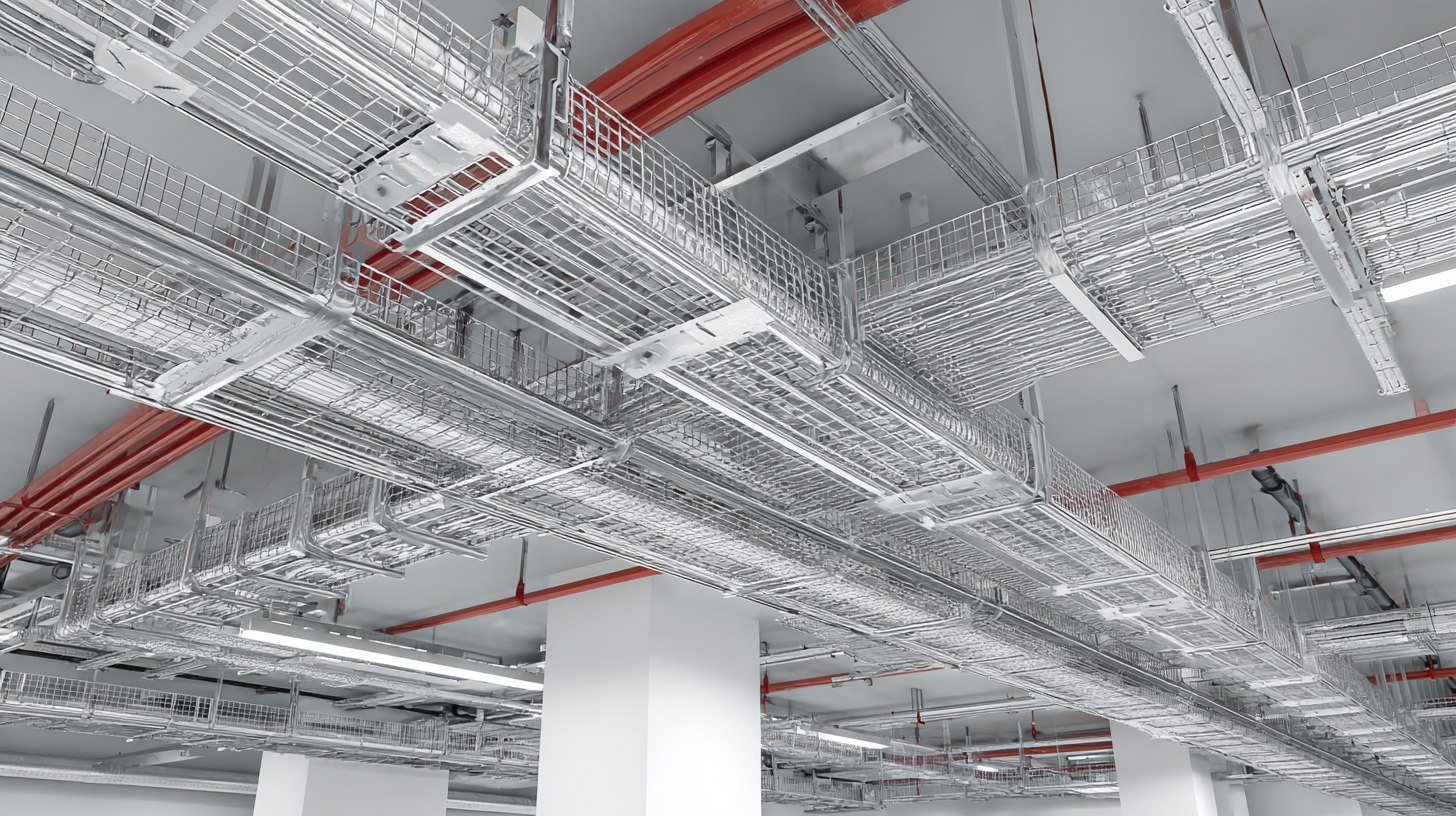 Wire mesh cable trays have revolutionized the way electrical systems are organized and maintained. Unlike traditional cable management systems, which often use solid materials that can complicate access, wire mesh designs offer a more user-friendly approach. The open structure of wire mesh allows for easy viewing and access to the cables, making it straightforward for maintenance personnel to identify any issues or perform inspections. This ease of accessibility is particularly crucial in environments where quick responses are essential for safety and functionality.
Wire mesh cable trays have revolutionized the way electrical systems are organized and maintained. Unlike traditional cable management systems, which often use solid materials that can complicate access, wire mesh designs offer a more user-friendly approach. The open structure of wire mesh allows for easy viewing and access to the cables, making it straightforward for maintenance personnel to identify any issues or perform inspections. This ease of accessibility is particularly crucial in environments where quick responses are essential for safety and functionality.
Additionally, the simplicity of wire mesh cable trays facilitates faster installation and modification of electrical systems. Technicians can swiftly add or remove cables without the need for extensive reconfiguration, minimizing downtime and labor costs. The lightweight nature of wire mesh also contributes to its efficiency, allowing for less cumbersome handling during installation. Furthermore, the aeration provided by the mesh material helps to prevent overheating, ensuring that equipment operates within safe temperature ranges. Overall, wire mesh cable trays effectively combine safety, accessibility, and adaptability, making them a superior choice for modern electrical infrastructure.
Related Posts
-
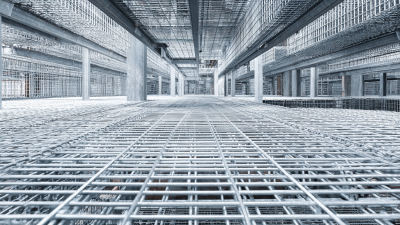
Unlocking Efficiency: The Advantages of Utilizing Best Wire Mesh Cable Trays in Industrial Applications
-
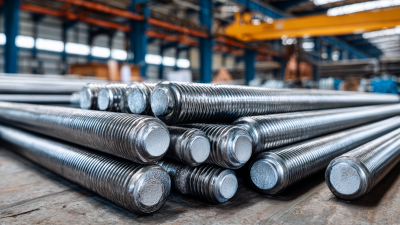
Unlocking Global Opportunities: China's Premium Threaded Rods for Reliable Partnerships
-
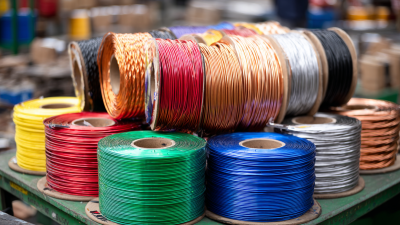
Harnessing the Best Tray Cable from China to Lead Global Manufacturing Innovation
-
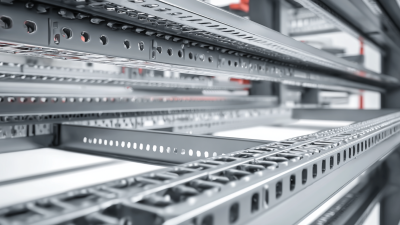
5 Essential Tips for Choosing the Right Wire Cable Tray for Your Project
-

The Future of Sustainable Design with Basket Trays
-

7 Reasons Why Black Cable Tray is the Ultimate Solution for Your Wiring Needs
